Intel’s ARC Alchemist series, which is based on the DG2 GPU family, is of course not yet on the market, but the introduction of the DG1 as a retail card has certainly aroused desires. After all, the DG1 GPUs were initially only available for software developers(see our first review), but found their way finally also into the discrete DIY desktop market under the Iris Xe brand. Just not in Germany. Our sample was purchased privately in Hong Kong, because as we all know, curiosity dies last.
But even if this retail card in the form of the GUNNIR Iris Xe MAX Index V2 still costs the equivalent of 110 USD (still without import sales tax plus shipping costs) – just plug it in and go is not. Unfortunately, Intel doesn’t love us that much. Gunnir does not give any compatibility information on its own homepage and product page, on which motherboard this card could run at all. The fact is that the Iris Xe graphics cards do not work with all systems, and AMD also has to be left out in general.
Thus, there is no support for AMD platforms and various websites colportate the support for Intel with the limitation to the Coffee and Comet Lake, i.e. the 9th and 10th generation. Following this information, the Iris Xe models would only be compatible with Intel’s B460, B365 and H310C motherboards. After asking several motherboard manufacturers (and after some unsuccessful attempts on my own), I found a completely different picture. In general, Gunnir’s Index V2 card should run (exclusively) on all boards with at least Intel’s special micro code implemented in the BIOS. This is exactly what we now want to test in detail.
Thus, there would be no motherboard (not even among the mentioned chipset variants) – which should generally and across-the-board already be fully compatible and executable from the dealer. Thus, nothing works without a specially adapted BIOS. In my specific case, I will use an MSI MAG Z690 Tomahawk WiFi with DDR4 along with a special beta BIOS and hope that everything goes smoothly. If necessary, I’ll have to fiddle around again, but I’m already familiar with that from the DG1.
But why the hell they are selling something like that? Probably also to sweeten the weekend for curious contemporaries like me, because I urgently need a change in my head due to the current (also very family) situation in Ukraine. I don’t know if the BIOS built in cooperation with MSI works at all, but the ambition is fully awakened. The outcome is uncertain, but the will alone counts. That’s exactly why I will present the card to you today, the craft report with victory or defeat there will be soon.
Small spoiler for now: it works from the first try and the right BIOS injection!
The GUNNIR Iris Xe MAX Index V2 – Unboxing and data
The Iris Xe series can virtually be considered the predecessor of the Arc A300 series, which is supposedly based on the DG2-128EU GPU. A smaller 6nm manufacturing node, higher clock rates and a higher TDP should provide a significant performance increase in Intel’s entry-level desktop GPU segment. But this initial test can also provide a certain foretaste when you later try to extrapolate the performance data with the help of the EU and the clock.
Intel has actually developed two DG1-SKUs: Iris Xe and Iris Xe Max- Whereby our model corresponds to the chip exclusively developed for laptops in its full configuration. GUNNIR thus uses all 96 execution units for the Iris Xe Max Index V2 (instead of 80 for the Iris Xe non-MAX). The 96 EUs offer 768 shading units and a boost clock of 1.65 GHz. Despite this increase over the 80-EU variant, the power limit of 25 to 41W has not changed compared to the non-MAX model. At least on paper.
Incidentally, the company offers no less than three variants of DG1-based cards, all of which are listed on Taobao, with prices rising all the time. This ranges from the cheapest low-profile card for plenty of 90 USD and the Index V2 with the Xe chip for just over 100 USD to the Xe Max “top model” for over 110 USD in the meantime.
Preview and start of the Experiment Days
Please keep your fingers crossed that we get this unicorn up and running after all. If so, we already know how to inject custom micro-code into Intel BIOSes. Then I will certainly check another board. Only, the microcode we have has to run with the Gunnir card first. Why Intel is making such a fuss about these cards is probably known there alone. But it is always good for the tension curve and the tax revenue of the German customs!













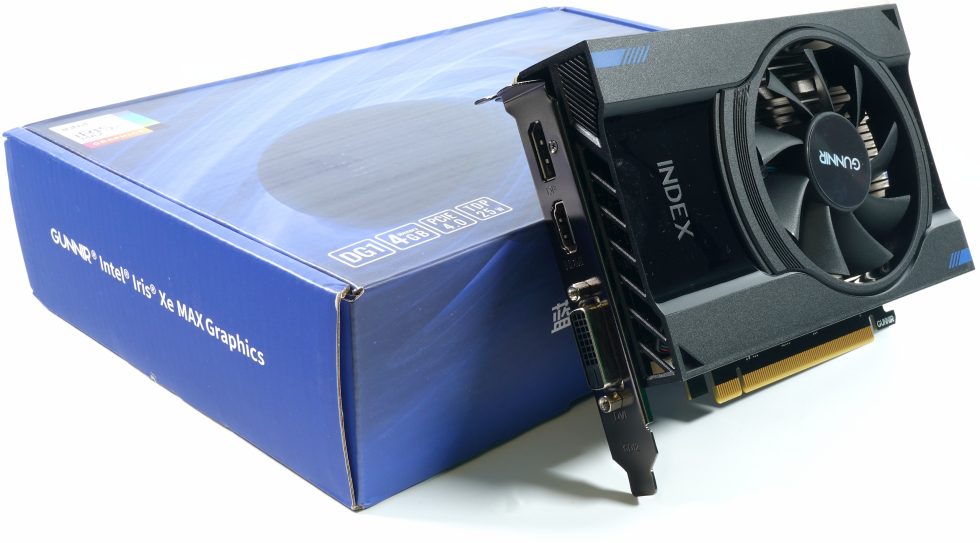
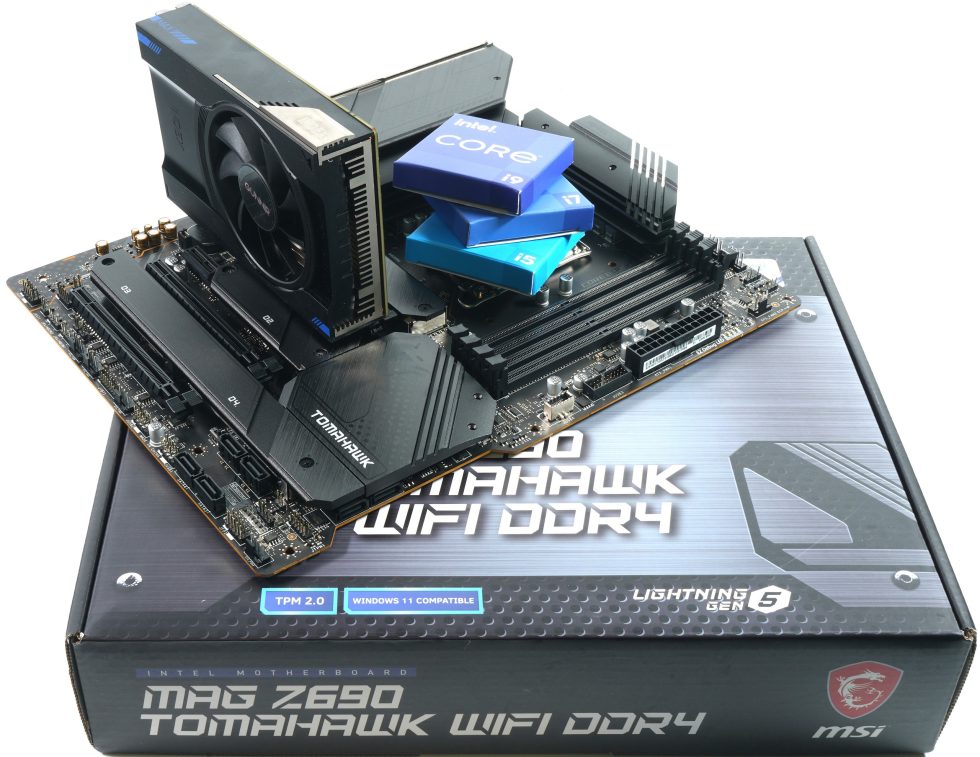
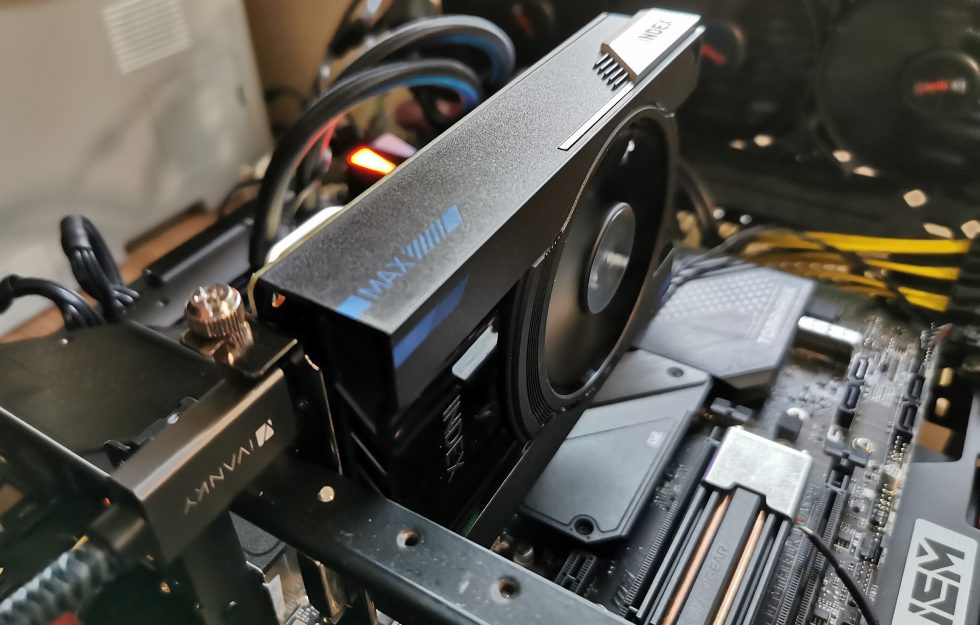


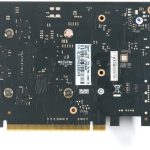

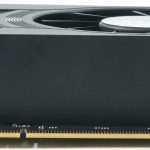





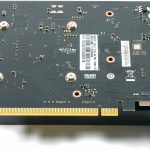























33 Antworten
Kommentar
Lade neue Kommentare
Veteran
Mitglied
1
Veteran
Urgestein
1
Urgestein
Urgestein
Urgestein
Veteran
1
Veteran
Veteran
Urgestein
Mitglied
1
Urgestein
Mitglied
1
Alle Kommentare lesen unter igor´sLAB Community →